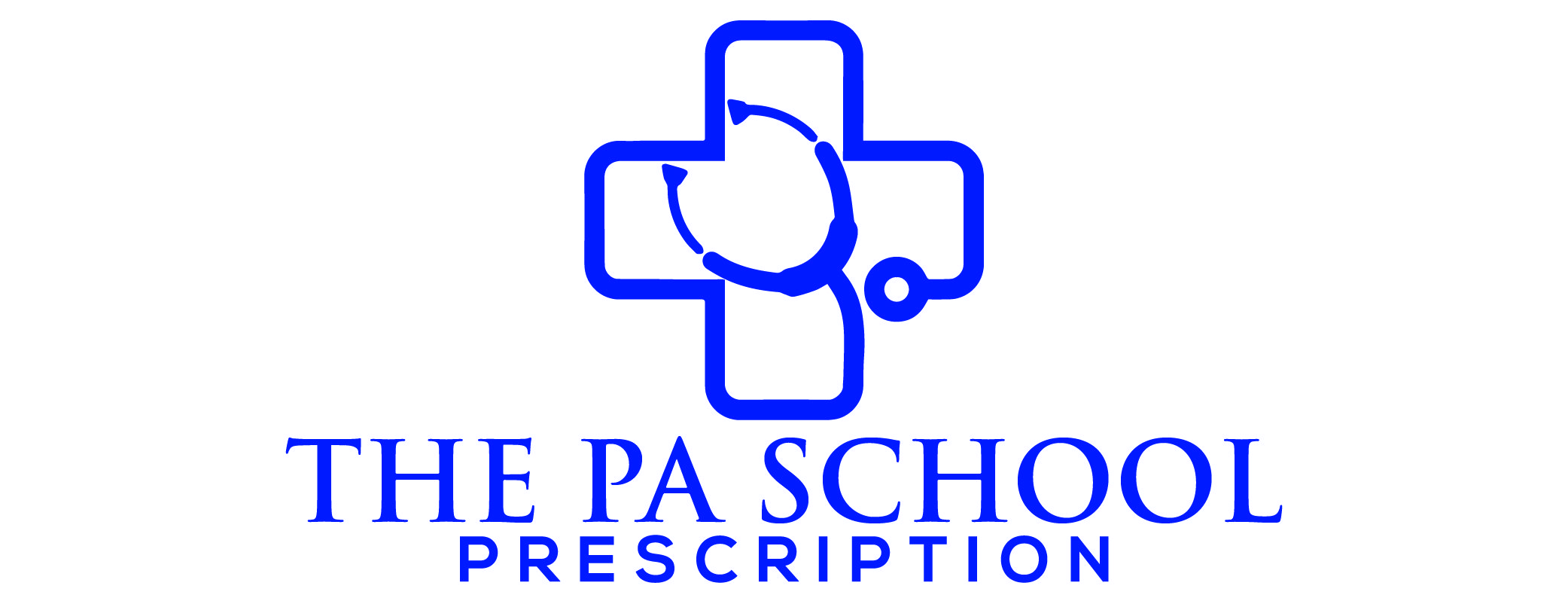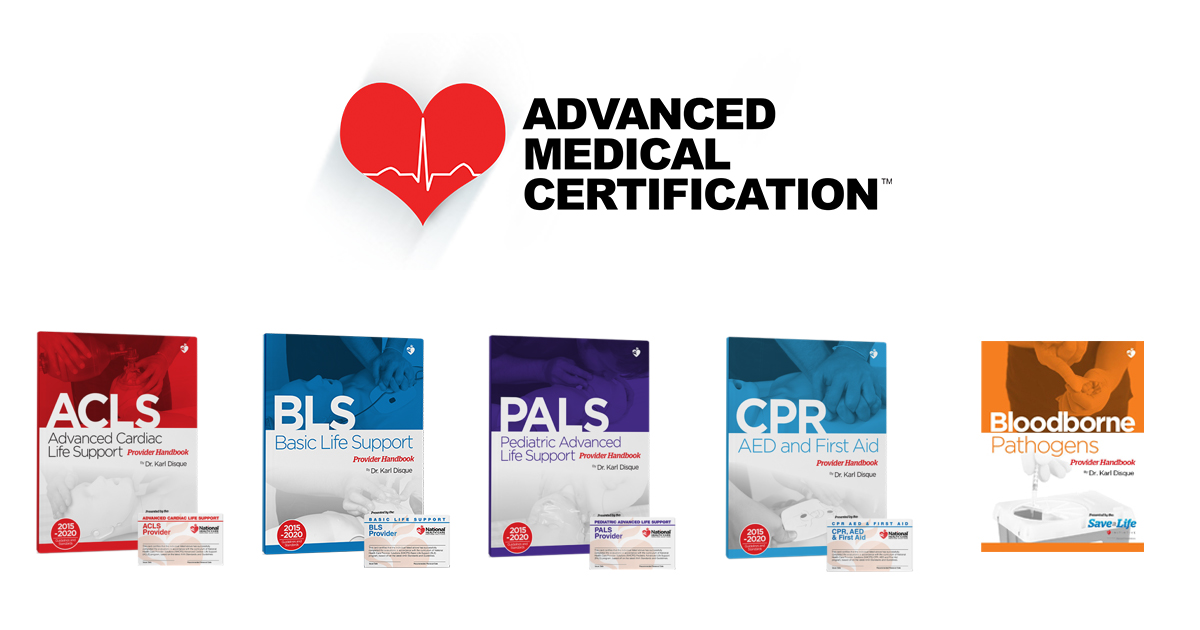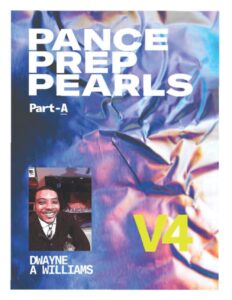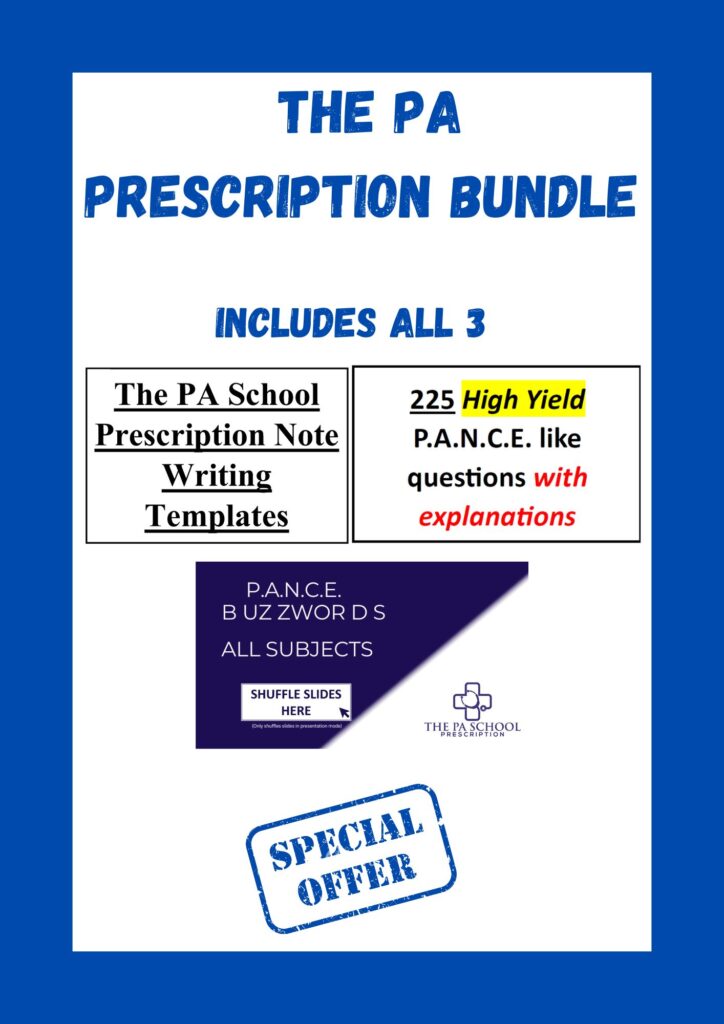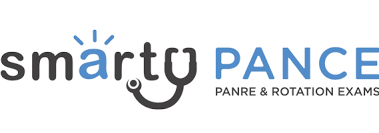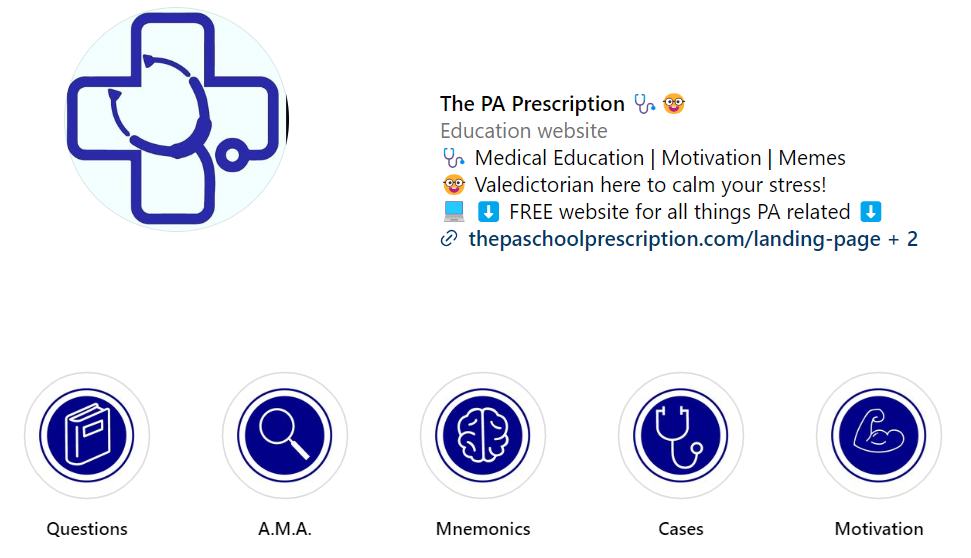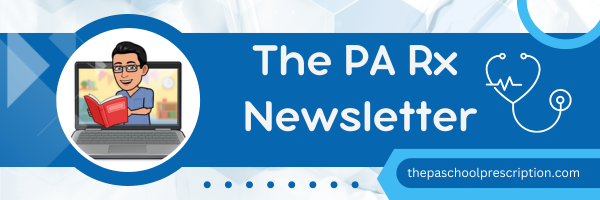
Today in 10 minutes or less you’ll learn:
- How to tackle student loans like a pro
- Providers vs Insurance companies
- “…isn’t there supposed to be air in your lungs?”
Sallie Mae – day
See what I did there?
Student loans are never fun to talk about, let alone deal with. Trust me, as I am writing this I will be married to Sallie Mae for another few years. PA School can leave graduates with overwhelming student loan debt, with the average now over $100,000+. This huge financial burden can weigh on PAs for years and delay other life goals. It’s crucial for borrowers to educate themselves on smart strategies to repay this debt efficiently.
One key is to understand the various federal student loan repayment plans available. Options like income-driven repayment plans base your monthly payment on your salary, making it more affordable when you’re earning less early in your career. These plans can provide much needed breathing room, but you pay more interest over the long run.
Refinancing high-interest federal and private student loans to lower interest rates is another tool. But you lose federal benefits, like income-driven repayment when you refinance with a private lender. Each borrower should run the numbers to see if lower rates save enough interest to be worthwhile. This is the route I chose after running the numbers and weighing my options. I actually refinanced TWICE once I completed school with a current rate of 3.4%.
Federal programs like Public Service Loan Forgiveness (PSLF) forgive loan balances after 10 years of payments while working at a non-profit, which includes many hospitals. PSLF can wipe away a chunk of debt, but the program has complex rules. PAs should understand how PSLF works and if they qualify.
Living frugally, being aggressive with payments, picking up side work, and applying bonuses and tax refunds to student loans can all help PAs pay down debt faster early in their careers.
Ultimately, managing student loan debt smartly and efficiently can save borrowers tens of thousands in interest payments. It also provides freedom to pursue other life goals and financial priorities sooner. The burden feels large, but can be overcome with dedication, savvy planning, and perseverance.
Unlock your potential in the field of life-saving skills with National Health Care Provider Solutions (NHCPS)! Our comprehensive courses offer a range of certifications, from Basic Life Support (BLS) and Advanced Cardiac Life Support (ACLS) to Pediatric Advanced Life Support (PALS) and more. Whether you’re a healthcare professional aiming to enhance your career or a concerned individual looking to be prepared for emergencies, NHCPS has you covered. With expertly crafted online training, you can learn at your own pace, anywhere, and anytime. Plus, our certifications are widely recognized and accepted nationwide, ensuring you’re equipped to respond effectively in critical situations. Join our community of confident lifesavers and start your journey toward a safer, more prepared tomorrow today!
| Click here for your bundle discount! |
Providers vs Insurance Companies
If you don’t know him already, his name is Dr. Will Flanary, aka Dr. Glaucomflecken. Let me explain. Dr. Glaucomflecken is a comedy video series created by an ophthalmologist that parodies life as a doctor. The name is a play on “glaucoma” and “flecken”, which refers to eye floaters. The videos use humor and exaggeration to joke about common experiences and frustrations of being a physician, such as dealing with difficult patients, paperwork, long hours, etc. The videos touch on relatable experiences for doctors across specialties, like getting paged at 3 AM, working with eccentric attendings, and feeling overwhelmed with administrative tasks. The videos are popular for using humor to address real-life tensions, frustrations, and quirks of being a medical doctor. They allow doctors to vent and bond over the unrelenting challenges. Not super PA-related, but he has a series called “30 Days of U.S. Healthcare” that I personally found hilarious. Check him out by clicking here.
Isn’t there supposed to be air in the lungs?
Working in a local urgent care has many pros and cons. Sometimes you have a nice relaxing shift diagnosing colds, doing standard x-rays, and cleaning out ear wax all while, the majority of the time, getting paid more than an ER PA. This wasn’t one of those times. Peak flu season is high stress time in urgent care and on this day a mother brought in her son with a cough x 10 days. The mother reports initial nasal congestion and runny nose that resolved and a cough that has lingered. Typical URI symptoms that were presented to me by the medical scribe I was working with that day, but as a provider, you can’t have a bias whatsoever. When I walked in the room, it was anything but a standard “cold.” When I was trained in the ER, I had two fantastic attendings who quickly taught me the difference between a “not-sick kid” and a “sick kid.” (If you work in acute care medicine, you know what I mean.) When I walked in this room, this was a SICK KID. Visible retractions, and tripoding while mom is on her cell phone chewing gum. Vital signs were stable but having no clue how long he was breathing like this, I quickly did an exam and found he had ZERO breath sounds on his left side. A quick CXR was shot while waiting for hospital transport which revealed something extremely similar to the image below.
I quickly educated the mother and patient on an extremely abnormal chest x-ray with unusual air bowel-filled loops on the left side of the chest when the mother replied, “Isn’t there supposed to be air in the lungs? Do we have to go to the ER?” Thankfully the patient left and had treatment for a diaphragmatic hernia and a great recovery. I didn’t let my emotions get the best of me.
Moral – Never have a bias and the better you understand the difference between a “not sick kid” and a “sick kid” the more confident you will be in acute care medicine!
Thats all for today.
Thanks for reading,
